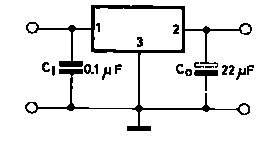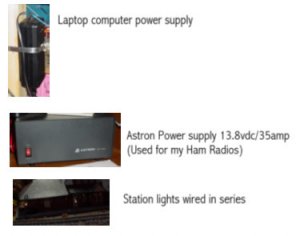Question...I have grain of wheats that I've been using to light poles and structures with...
To me, they just seem too bright. Does anyone know of a way to dim them a bit or should I replace them all with grain of rice bulbs? Or are the GOR bulbs about the same in brightness?
Any solutions would be appreciated!
Thanks.
Matt--Hershey, Pa.
To me, they just seem too bright. Does anyone know of a way to dim them a bit or should I replace them all with grain of rice bulbs? Or are the GOR bulbs about the same in brightness?
Any solutions would be appreciated!
Thanks.
Matt--Hershey, Pa.



